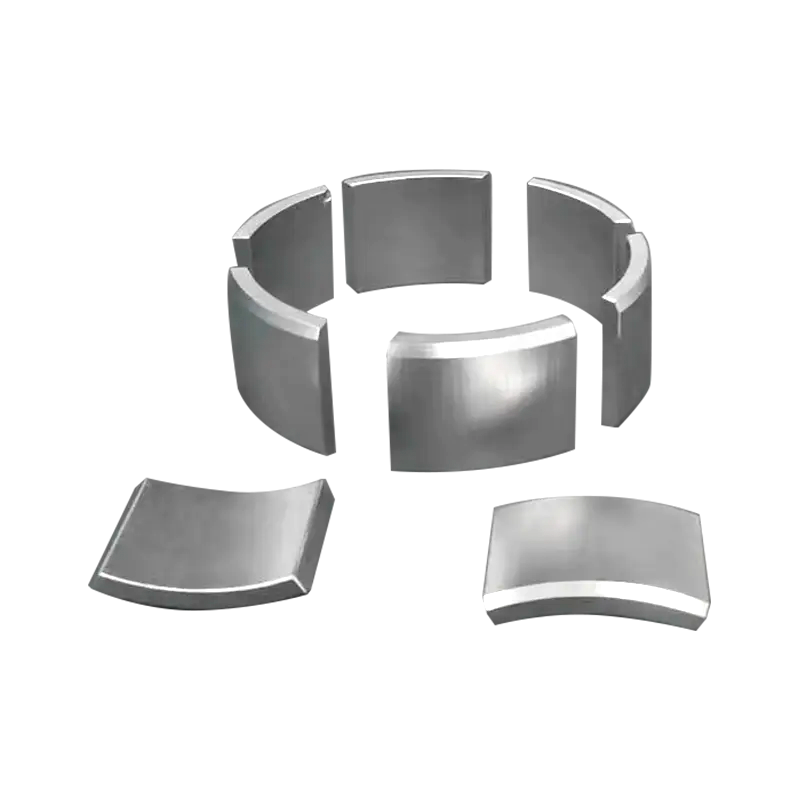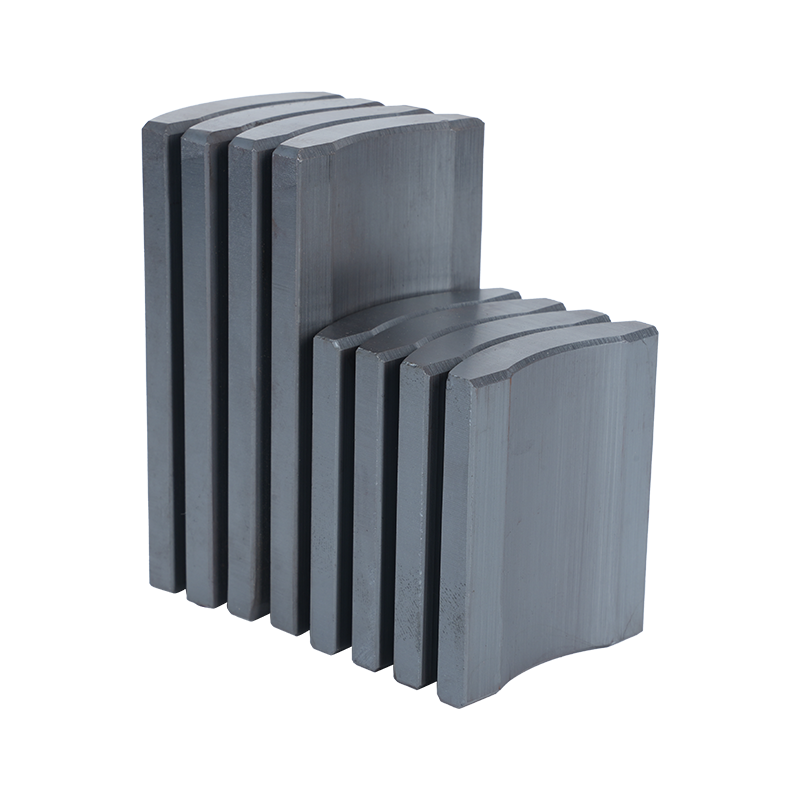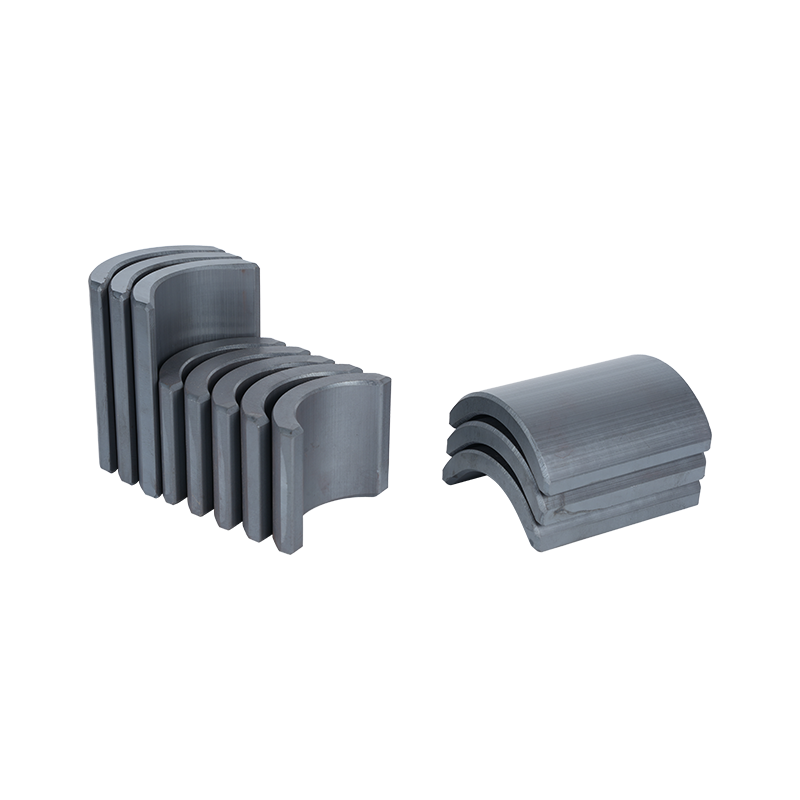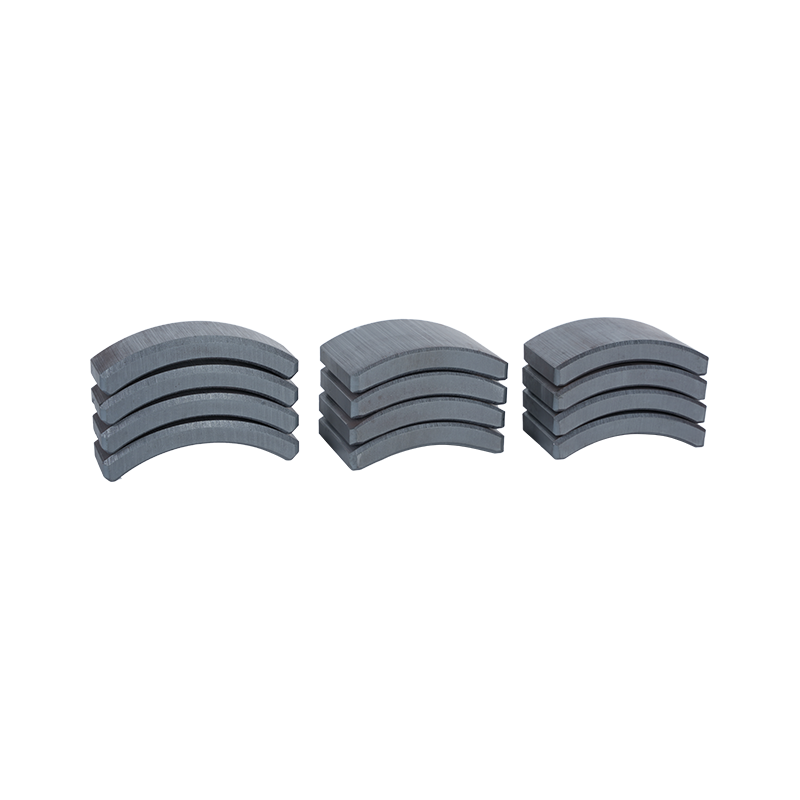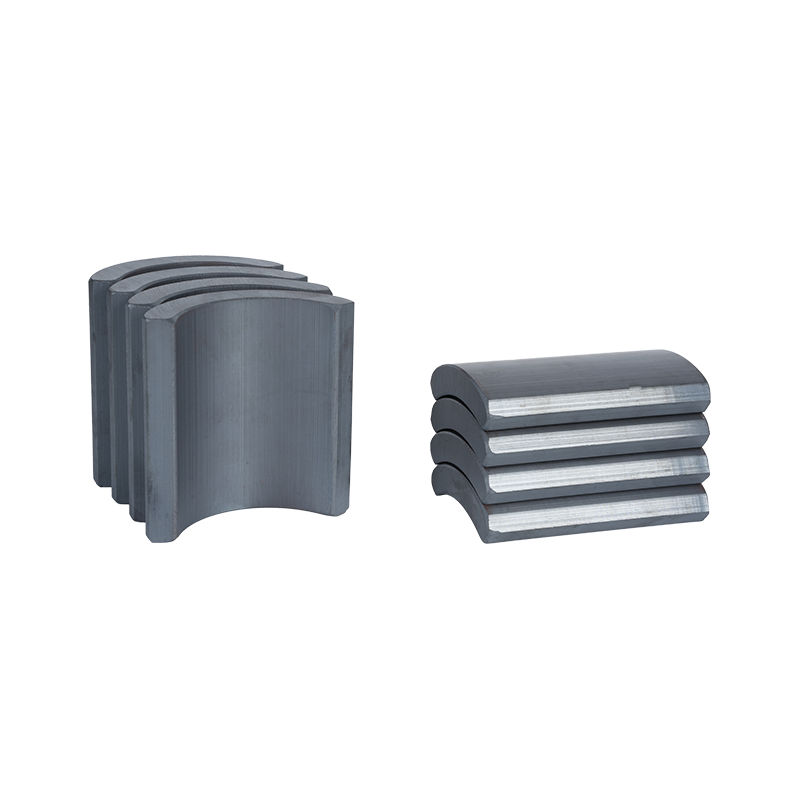Dong Yang TianQi Magnetic Segment Co.,Ltd.(formerly Shuangyang Magnet Tile) is a professional enterprise specializing in the production of motor magnet tiles
Search by posts
Categories
Popular products
Contact Us
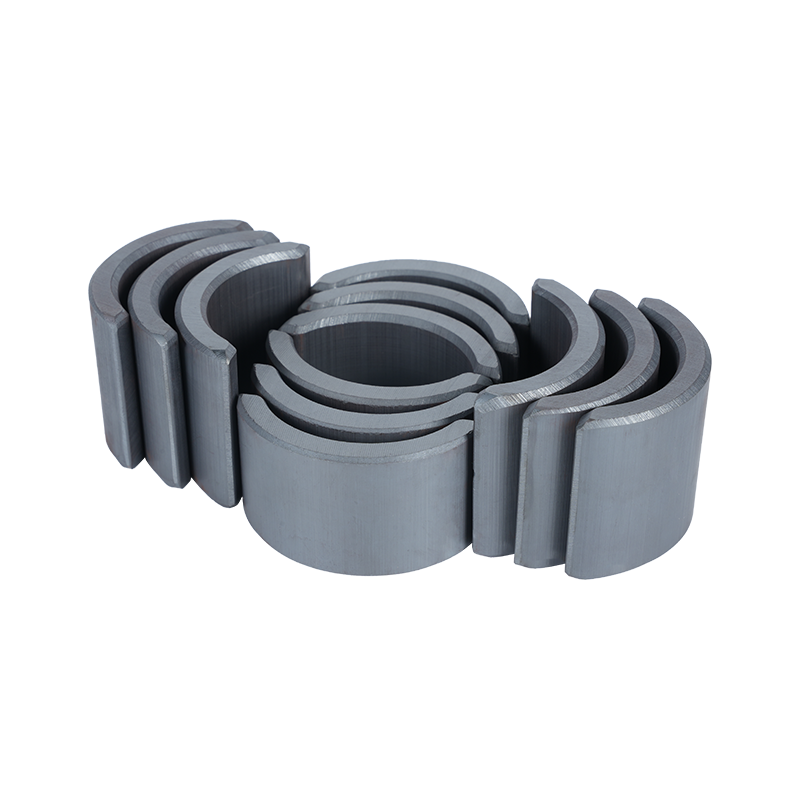
Industry News
 By Admin
By Admin
Revolutionizing Industry: The Rise of Hard Ferrite Magnets
In an era marked by rapid technological advancement, one might be surprised to find that some of the significant innovations are occurring not in the digital realm, but in the world of materials science. Specifically, hard ferrite magnets are experiencing a renaissance, driving progress across a variety of industries.
Hard ferrite magnets, also known as ceramic magnets, are made from a combination of iron oxide and strontium carbonate or barium carbonate. These materials are heated until they form a crystalline structure, which is then cooled and magnetized. The result is a magnet that is not only powerful but also incredibly durable and resistant to demagnetization.
One of the primary reasons for the resurgence of hard ferrite magnets is their cost-effectiveness. Unlike earth magnets, which are made from expensive and sometimes geopolitically sensitive materials, hard ferrite magnets use abundant and readily available resources. This makes them an attractive option for manufacturers looking to reduce costs without compromising on performance.
The automotive industry, for example, has been quick to embrace hard ferrite magnets. These magnets are now commonly used in various components, from electric motors to sensors. Their ability to withstand high temperatures and resist corrosion makes them ideal for the harsh conditions often encountered in automotive applications. As electric vehicles (EVs) continue to gain market share, the demand for reliable and efficient magnets is only expected to grow, with hard ferrite magnets playing a pivotal role in this transition.
Another area where hard ferrite magnets are making a significant impact is in renewable energy. Wind turbines, which rely on magnets to convert kinetic energy into electrical power, have traditionally used earth magnets. However, the fluctuating cost and supply of earth materials have prompted many in the industry to seek alternatives. Hard ferrite magnets offer a stable and cost-effective solution, enabling the continued expansion of wind energy without the risk of supply chain disruptions.
In the field of consumer electronics, hard ferrite magnets are found in everything from speakers to microwave ovens. Their affordability and durability make them a popular choice for mass-produced items. As consumers continue to demand high-quality and affordable electronic devices, the use of hard ferrite magnets is expected to increase.
Medical technology is another sector benefiting from the properties of hard ferrite magnets. Magnetic resonance imaging (MRI) machines, which rely on powerful magnets to create detailed images of the human body, have traditionally used superconducting magnets that require expensive cooling systems. Researchers are now exploring the use of hard ferrite magnets as a more cost-effective alternative that could make MRI technology more accessible to hospitals and clinics around the world.
The industrial sector is also seeing the advantages of hard ferrite magnets. From factory automation to robotics, these magnets are essential for the development of efficient and reliable machinery. Their robustness and ability to maintain magnetic strength over time ensure that they can withstand the rigors of industrial use.
As with any technology, ongoing research and development are crucial for unlocking the full potential of hard ferrite magnets. Scientists are continually exploring new ways to enhance their magnetic properties and discover innovative applications. For example, advances in nanotechnology could to the creation of even stronger and more efficient hard ferrite magnets, further broadening their use across different industries.
In conclusion, the humble hard ferrite magnet is proving to be a cornerstone of modern technology. Its combination of affordability, durability, and versatility makes it an invaluable component in a wide range of applications. As industries continue to seek out cost-effective and reliable solutions, the demand for hard ferrite magnets is set to rise. From automotive and renewable energy to consumer electronics and medical technology, these magnets are quietly powering the innovations that are shaping our future. As we move forward, it's clear that hard ferrite magnets will continue to play a critical role in driving technological progress and industrial efficiency.



